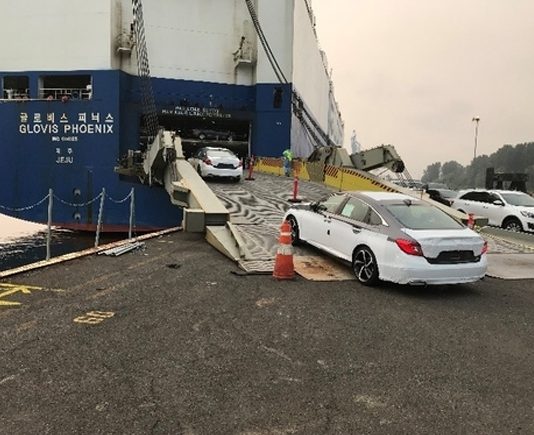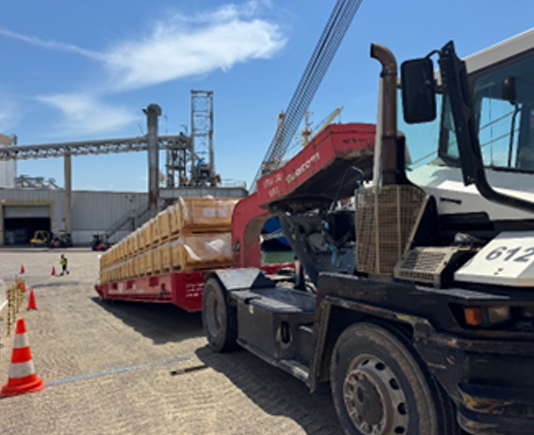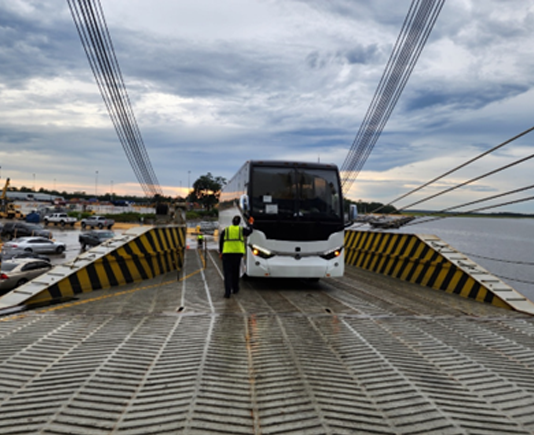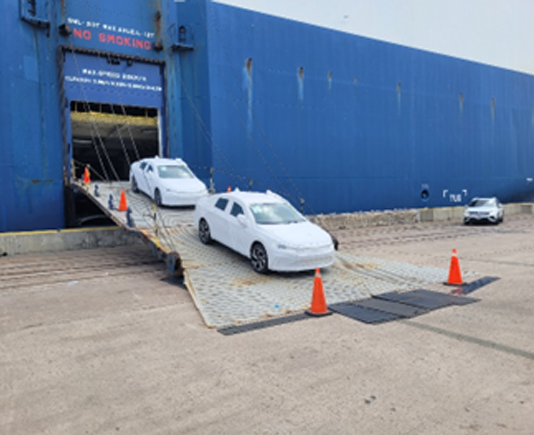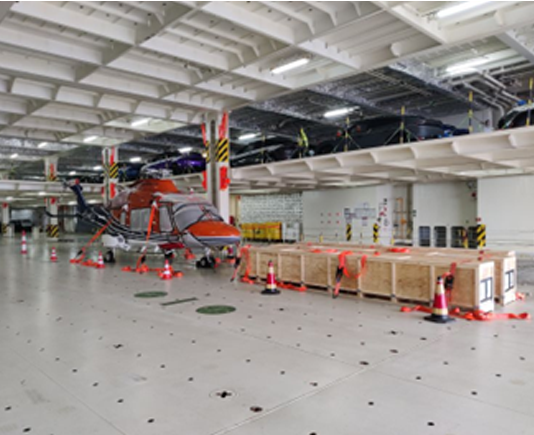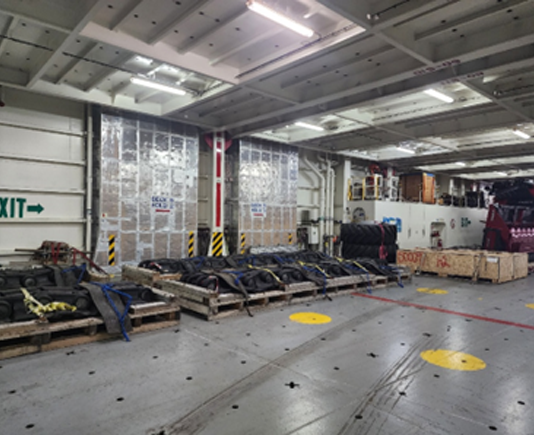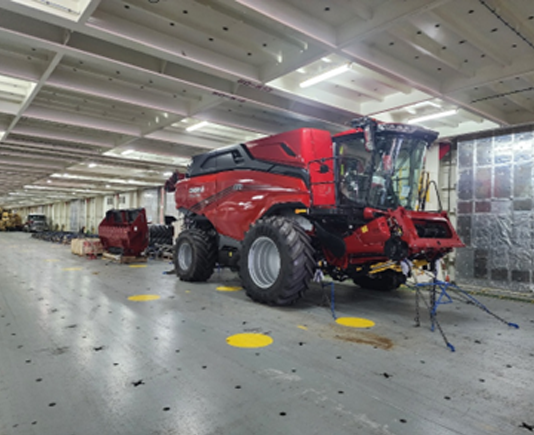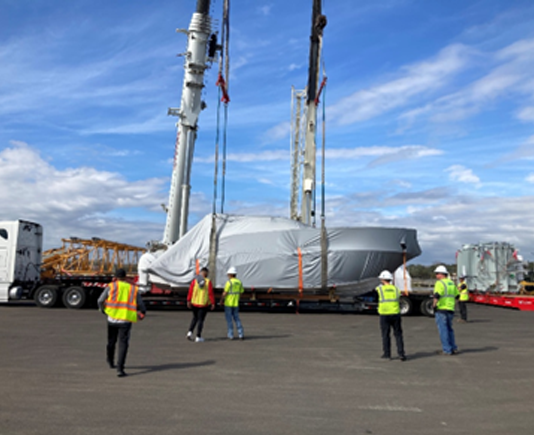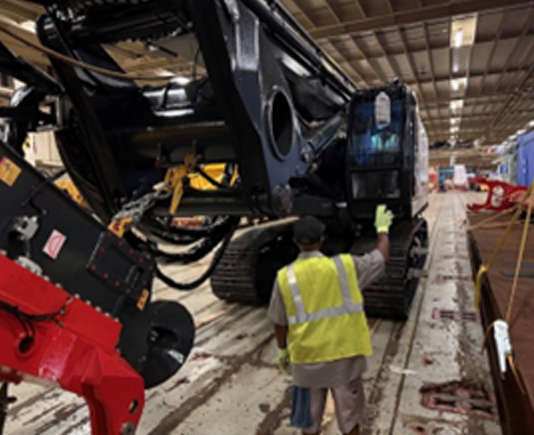Our Commitment to Quality & Safety
Zero‑Damage Mindset
APS’s cargo handling goal is: “ZERO DAMAGE on every vessel we work.” We align workforce briefings, lashing standards, traffic patterns, and inspections to that outcome, and we treat customer service, reliability, and cost effectiveness as inseparable from safe operations.
Safety: No Compromise
We operate to U.S. marine terminal and longshoring rules (OSHA 29 CFR Parts 1917/1918) and incorporate best practices for PPE, pedestrian/vehicle separation, crane operations, and training. Our internal guidance and checklists reinforce compliance in the field.
Security & Regulatory Awareness
We work within maritime security frameworks based on the ISPS Code and related port facility security plans. Teams are trained on access control, identification, and incident communication protocols expected in U.S. ports.
Environmental Stewardship
In locations such as Tacoma, APS maintains a Stormwater Pollution Prevention Plan (SWPPP) and implements operational/structural BMPs to control runoff and protect local waterways during stevedoring and yard movements.
Disciplined Close‑Out
After every operation, we complete an end‑of‑operation gear inventory (radios, jump boxes, rigging, signage, AEDs, etc.) to assure readiness and compliance for the next vessel call.
